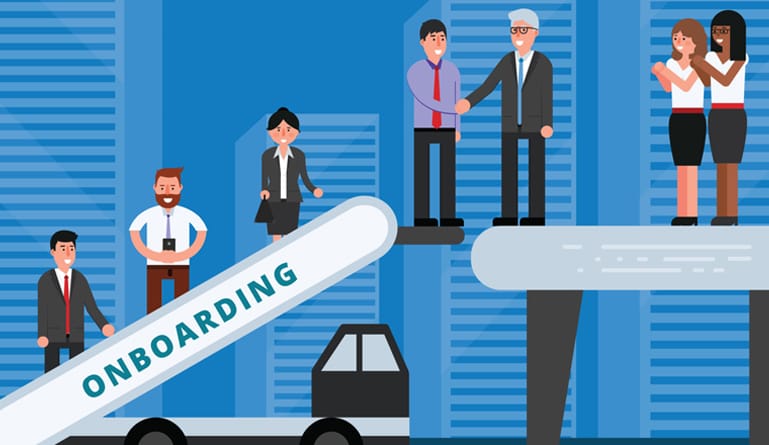Imagine hiring someone and not having a place for them to work their first day. They wouldn’t be very productive. They would probably also not feel that great about their new employer.
Today’s workforce is far less dependent on the chair or desk of a physical workspace as they are on the applications, content, and services that constitute their digital workspace. So, when companies are slow to provide employees with the digital workspaces they need, business performance suffers as well as employee morale. The more automated a company’s workspace processes are, the less of a burden it will become for IT. This frees IT to focus on more strategic endeavors—a significant advantage as technology continues to become a vital factor in business success.
As important as it is for employees to be able to access the resources they need, it is equally important for companies to keep employees from accessing resources inappropriately. Permissions can be restricted for several reasons, including role and location or context. The set of resources an employee can access digitally at any given time and place can be understood as that employee’s “digital workspace.”
The lifecycle of a workspace can be broadly divided into three phases: onboarding, employment, and offboarding.
The first and most obvious reason employee workspace provisioning is slower than it ought to be is due to a lack of automation. However, given the fact that so many other business processes have been effectively automated, it is worth considering exactly why companies have not yet applied the same principles to digital onboarding, lifecycle re-provisioning, and offboarding. The factors that have typically delayed the effective automation of workspace provisioning at most organizations include the number of stakeholders involved, the lack of a champion, and inadequate technology.
Companies can automate the provisioning, re-provisioning, and de-provisioning of employees’ digital workspaces in a variety of ways using a variety of technologies. But, at its core, any effective workspace automation solution must provide several core capabilities. Programmable automation fabric, adaptive rules and policy engine, stakeholder-appropriate interfaces, open integration, and auditability and reporting bring out the most effective core capabilities.
When employees consistently have the digital resources they need, when they need them, many good things can happen, especially when providing them with those resources requires far less work on the part of your IT department. These include significantly improved security, enhanced compliance, more productive workforce, engaged workplace culture, better allocation of IT staff time, the greater business value from IT investments, more effective leveraging of the non-employee workforce, and superior customer experience.
The expectations of the digital workforce and the number of security threats are higher than ever before. Organizations should augment their traditional onboarding process with a more people-centric, streamlined approach. Taking this approach means immediate and effortless provisioning of access to the resources workers need and for which they are authorized. A comprehensive onboarding and offboarding plan improve security and worker productivity.
Want to automate future onboarding and offboarding processes? Click on the link below to watch a quick video and to download the whitepaper. Onboarding and Offboarding Practices: What You Need to Know




